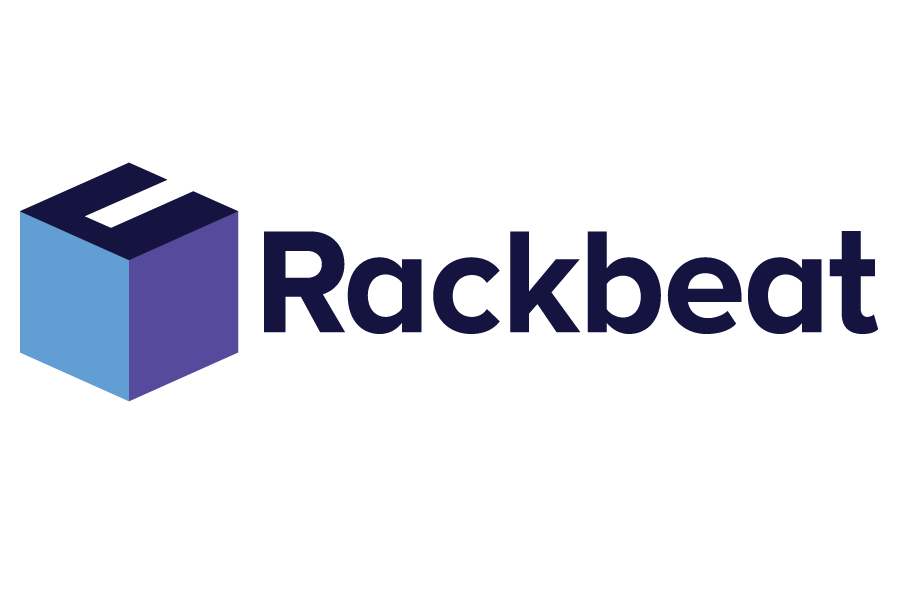Inventory Replenishment
Inventory replenishment involves the process of restocking items in a warehouse to ensure that there are always sufficient quantities of products available for customers. This includes monitoring inventory levels, ordering new items from suppliers and optimizing storage space to maintain an efficient and continuous supply chain.
Rackbeat August 23, 2024
The Importance of Inventory Replenishment
Inventory replenishment is a critical component of efficient inventory management, ensuring that there are always enough items in stock to meet customer demand. Failure to replenish inventory can lead to stockouts, resulting in lost sales and dissatisfied customers. An efficient replenishment process helps avoid overstocked warehouses and obsolete items, reducing costs and improving inventory turnover.
Methods of Inventory Replenishment
There are several inventory replenishment methods, including periodic and continuous replenishment. Periodic replenishment involves ordering items at fixed intervals, while continuous replenishment involves procuring items when inventory levels reach a predefined minimum. The choice of method depends on the company’s needs, storage capacity, and production cycles.
Technologies for Inventory Replenishment
Modern inventory management systems use advanced technologies such as automation and artificial intelligence to optimize replenishment. These systems can provide reports on sales and purchases and generate reorder reminders, minimizing the risk of human error and ensuring inventory levels are always optimal.
Rackbeat and Inventory Replenishment
Rackbeat’s inventory management system allows businesses to monitor their inventory in real time, generate reorder reminders and optimize storage space with location management. By using Rackbeat, companies can ensure continuous and efficient inventory replenishment that meets customer needs and improves their supply chain.



